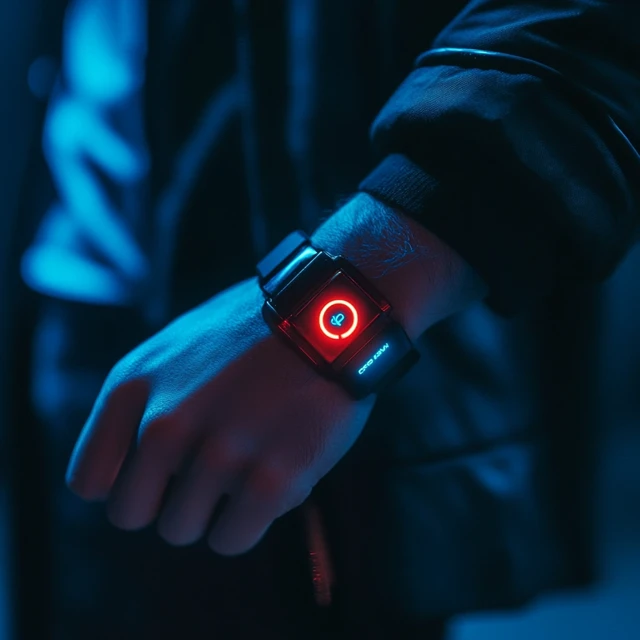
IT Solutions & Services
The IT industry continues to evolve at a rapid pace, providing businesses and individuals with cutting-edge solutions to enhance productivity, security, and innovation.
Read MoreOnce limited to simple pedometers or bulky heart-rate monitors, wearable technology has evolved dramatically—today's devices can track complex biometrics, display notifications, and even perform mini computing tasks straight from your wrist (or other parts of your body). Beyond health and fitness, wearables now venture into fashion, AR experiences, and workplace productivity.
In this guide, we'll explore the major categories of wearable tech, revealing how each can transform your daily routine. From advanced smartwatches to AI-enabled glasses, these devices aren't just novelties—they're shaping a future where personal data and connectivity blend seamlessly into our lives.
Leading the wearable revolution, smartwatches and fitness bands pack a range of health monitoring and communication features into a wrist-worn format:
Whether you want to push fitness goals or streamline daily communication, these wearable wrist companions lead the pack in modern convenience.
Augmented and virtual reality devices have grown from bulky prototypes to (relatively) sleeker forms, offering immersive overlays or entire virtual worlds:
As AR and VR tech matures, everyday usage (from navigation to entertainment) may shift from phone screens to wearable displays, offering brand-new levels of engagement.
Earbuds have gone far beyond basic music playback—they're increasingly intelligent, featuring health monitoring and advanced noise control:
Hearables highlight how wearables can address audio-related tasks—from discreet fitness tracking to hands-free phone usage—through compact, comfortable designs that fit in your pocket.
Moving beyond accessories, wearable tech is merging directly with our clothes, enabling advanced biometric tracking:
Though still emerging, smart clothing could soon enable continuous health insight and on-the-go climate control—turning your wardrobe into a personal performance system.

For individuals with chronic conditions or those seeking deeper health metrics, specialized medical wearables deliver serious functionality:
By integrating real-time data streaming to healthcare providers, these advanced devices help detect issues earlier and improve patient autonomy and well-being.
| Category | Example Gadgets | Main Benefits |
|---|---|---|
| Smartwatches & Trackers | Apple Watch, Fitbit, Garmin | Health tracking, notifications, quick app access |
| AR & VR Headsets | Meta Quest, Microsoft HoloLens | Immersive visuals, gaming, remote collaboration |
| Hearables | AirPods Pro, Sony WF Series | Wireless music, voice control, health insights |
| Smart Clothing | Hexoskin, Athos | Real-time biometric data, adaptive temperature |
| Medical Wearables | Continuous glucose monitors, ECG patches | Condition monitoring, early detection, doctor alerts |
Each category addresses different needs—health, productivity, immersive experiences—so consider your lifestyle to see which wearable type can make the biggest impact.
The wearable technology landscape is exploding with innovation—from wrist-worn health trackers to entire garments outfitted with sensors. As these gadgets become more stylish, affordable, and integrated with our daily routines, they're bridging the gap between digital convenience and personal well-being.
Whether you aim to monitor fitness goals, experience AR's immersive worlds, or manage a medical condition, there's likely a wearable device poised to elevate your life. Embrace these emerging tools, explore their capabilities responsibly, and look forward to a future where technology works seamlessly with our bodies and lifestyles.